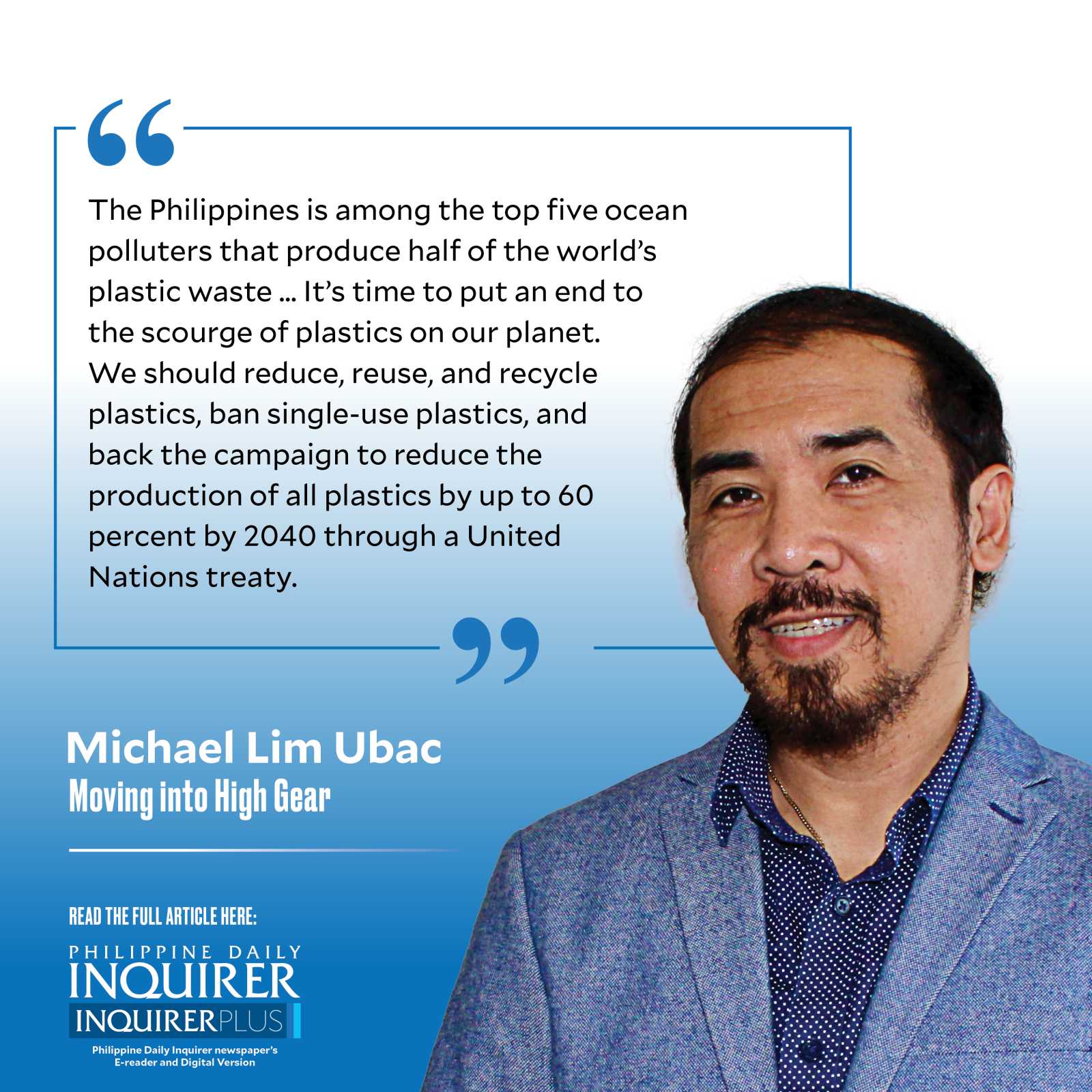Planet vs plastics: How did we get here?

Imagine that you’re living in the era known as the “Plasticene,” defined by the ubiquitous presence of plastics in every aspect of your life. The variety of plastic products is vast, ranging from large drums and containers to furniture, toys, clothing, utensils, wrappers, and even microplastics that end up in your drinking water and the food chain itself.
Does it sound familiar to you? According to EarthDay.org, a nonprofit organization that has been working to protect the planet since 1970, we are already living in the Plasticene era.
“Microplastics are impossible to avoid. Since the 1950s when plastics first started appearing in our lives, we have been forced fed the idea that they make our lives better—plastics were almost good enough to eat,” said an EarthDay.org’s report titled, “Babies vs Plastics.”
“Our reliance on plastics could be the biggest gamble in the story of human health, in history. We are all ingesting and inhaling microplastics. They are everywhere,” warned EarthDay.org president Kathleen Rogers.
The report highlighted the documented bioaccumulation of microplastics inside the human body. “Evidence is mounting that plastics, microplastics, and their additive chemicals pose potentially serious health risks to humans, with babies and infants being especially vulnerable,” it said. (Access the full report at https://tinyurl.com/4cx97krs.)
Children are at risk for developing attention deficit disorder, behavioral and developmental issues, endocrine disruption, and even cancer when microplastics are ingested through toys, clothes, and furniture.
EarthDay.org has chosen the theme “Planet vs Plastics” for Earth Day celebration last April 22. The theme advocates for a widespread awareness of the health risks of plastics, a rapid phase-out of all single-use plastics, and a push for a strong United Nations (UN) treaty on plastic pollution.
Single-use plastic pollution. Environmental groups Oceana, Greenpeace, and Mother Earth Foundation have called for a ban on single-use plastics. It may surprise you to know that the Philippines is among the top five ocean polluters that produce half of the world’s plastic waste.
“The Philippines is at the center of the world’s struggle against ocean plastic pollution … Its weak waste management system is now dealing with the staggering amount of waste,” Oceana said, disclosing the immensity of the single-use plastic crisis: 163 million sachets and three million diapers a day, as well as drink bottles, bottle caps, food wrappers, grocery bags, drink lids, straws, and stirrers.
Republic Act No. 9003, the Ecological Solid Waste Management Act of 2000, was specifically enacted to prevent plastic pollution. It mandates the reduction and minimization of solid waste at source, including composting, recycling, reuse, recovery, and green charcoal processing. It prohibits the production of environmentally unacceptable products and packaging.
The issue, as usual, is lax enforcement. A remedial law, the Extended Producer Responsibility Act of 2022, shifted the burden of managing plastic packaging waste to the producers themselves. The Inquirer reported that over 800 large companies have vowed “to reduce plastic use, develop sustainable packaging, and promote recycling.” (“DENR chief: PH ‘literally swimming’ in plastics,” News, 4/23/24)
The Break Free from Plastic Movement has documented the problem of single-use plastics in the form of sachets through its Asia-wide brand audit since 2017. This issue can be blamed, in part, on our “tingi” culture (our tendency to buy things in small amounts). Due to their lack of recycling value, sachets end up being discarded everywhere.
It is evident that plastics are useful. It’s how we discard them that has brought us to where we are now: “literally swimming” in plastics, according to Environment Secretary Ma. Antonia Yulo Loyzaga.
According to her, we generate an annual output of 2.7 million tons of plastic waste, which mostly ends up in landfills, open dump sites, rivers, and water systems. About 20 percent goes to our oceans and coastal areas as marine litter, where plastics trap marine animals and are also ingested.
Conquest of the world. In 2011, Scientific American published “A Brief History of Plastic’s Conquest of the World,” which includes excerpts from Susan Freinkel’s book, “Plastic: A Toxic Love Story.” According to the article, lab-created plastics have shaped a way of life in the post-World War II world.
“Most of today’s plastics are made of hydrocarbon molecules—packets of carbon and hydrogen—derived from the refining of oil and natural gas,” Freinkel said, adding: “Depending on how it’s processed, the plastic can be used to wrap a sandwich or tether an astronaut during a walk in deep space.”
It’s time to put an end to the scourge of plastics on our planet. We should reduce, reuse, and recycle plastics, ban single-use plastics, and back the campaign to reduce the production of all plastics by up to 60 percent by 2040 through a UN treaty.
—————–
For comments: lim.mike04@gmail.com; @umichaell




















